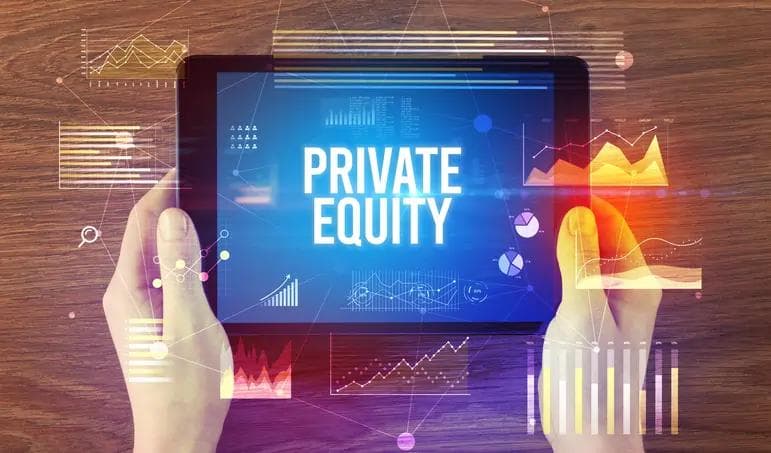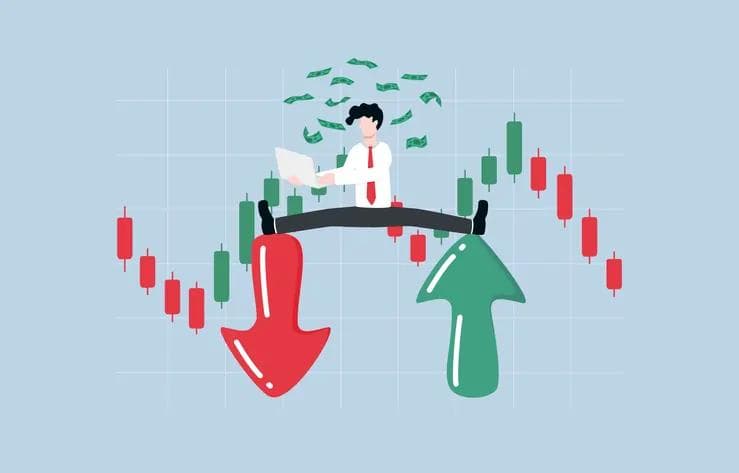What the rise of private credit means for social impact investments
What the rise of private credit means for social impact investments
Published by Jessica Weisman-Pitts
Posted on May 30, 2024

Published by Jessica Weisman-Pitts
Posted on May 30, 2024

What the rise of private credit means for social impact investments
By Michael Tansley, Chief Financial Officer/Chief Operations Officer
More investors are seeking ways to align their portfolios with their social interests. Private credit has given those investors a powerful and effective way to do so. With private credit, an investor can directly participate in helping small, local businesses develop and grow.
With private credit, a business can gain financing from an investor rather than a traditional bank. Private credit—sometimes called direct lending—offers the business unique advantages like the speed of execution and a customized structure that suits its specific needs. Meanwhile, investors have the assurance that their capital is being applied to the type of businesses they want to support.
Private credit directly influences employment and economic well-being at the com]munity level. At a time when banks are restricting their lending, small and medium-sized businesses are turning to socially minded investors. The results have been clear. Data from EY shows that “the economic contribution of private credit to the US economy in 2022 was an estimated 1.6 million jobs earning $137 billion of wage and benefits.”
How Private Credit Works
Private credit, which is different from fixed income, allows investors to direct their capital to businesses that resonate with their social leanings. Unlike traditional investment options like equities and bonds, a private credit investor can gain in-depth knowledge of the projects and businesses they help fund. This transparency is a major benefit to investors who want to participate in the rise of small businesses and help drive the economic success of their surrounding community.
For example, an investor can review the details of the businesses they’re considering investing in. They can assess how green the project is, the implications for job growth in the surrounding area, and the degree to which the loan might empower minorities. The investor’s “closeness” to the businesses they support makes private credit different from merely being a shareholder of a monolithic corporation.
Risk and Private Credit
In addition to serving as an impact investing tool, investors are increasingly turning to private credit as a way to de-risk their investments while still earning a strong return with a diversified portfolio. Consider that over the past decade, through 2022, private credit has returned 7.8%, on average. It’s no surprise that the private credit market grew at a 12% average annual rate between 2010 and 2019. Additional research from Goldman Sachs echoes the power of private credit, which, over the past decade, “generated higher yield than most other asset classes, including 3-6% over public high yield and broadly syndicated loans.”
What makes these returns so attractive to investors is their uncorrelated nature. Private credit returns do not follow the same ebb and flow of equities and bonds. Research from T. Rowe Price shows that during periods of market turmoil, private credit drawdowns were considerably less than those seen with high-yield bonds and equities. Private credit is growing as an asset class as more investors discover this characteristic. Private credit assets surged by 460% to over $1.4 trillion between 2010 and the end of 2022, according to data from London-based investment data company Preqin.
Impact Investing
An emerging body of research shows that private credit is having a real and meaningful impact on job growth. EY calculated that companies receiving private credit added 545,000 jobs, related suppliers added 406,000, and related consumer spending supported 645,000 jobs.
In addition to job creation, private credit is now offering opportunities to minority business owners and underserved communities that would otherwise not be able to access capital. This option could not come at a better time. Banks increasingly choose to tighten their lending standards, leaving more businesses with fewer options. Tier 1 capital needs, margin compression, and renewed fears brought on by recent high-profile bank failures have all contributed to reduced lending. The roughly 33 million small businesses in the US, which employ 61 million people, are increasingly turning to private credit.
Notably, private credit offers much-needed support to small businesses that are often more sensitive to economic shocks. By having non-traditional sources of capital to turn to, small businesses can prevail during downturns like those seen during the global pandemic. Many middle-market companies would have risked failure without access to capital from private credit sources during the 2007-09 financial crisis.
About Author:
As Chief Financial Officer, Michael has 30+ years of industry experience in financial services and operations. He currently serves as CFO/COO of AVANA Companies, LLC where he joined in December 2021. Most recently, prior to joining AVANA, Michael was the CFO/COO of an investment manager in alternative investments for 10 years. Prior to that he served in several senior finance and operational roles at JPM Asset Management and GE and before that at PriceWaterhouse he was a senior manager in the financial services group. Michael is a graduate of Manchester University, Manchester, England, where he studied Aeronautical Engineering. He is also a chartered account from the Institute of Chartered Accountants in England and Wales.
Explore more articles in the Investing category











